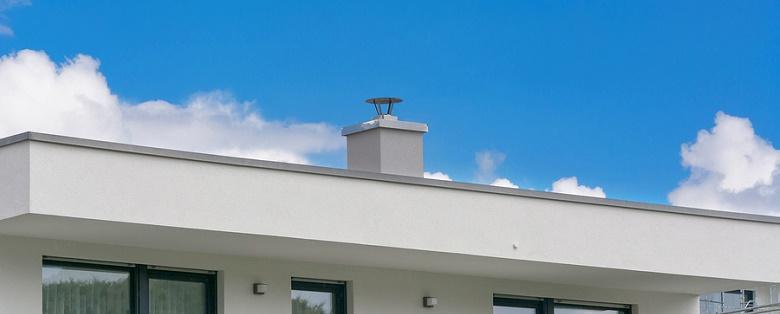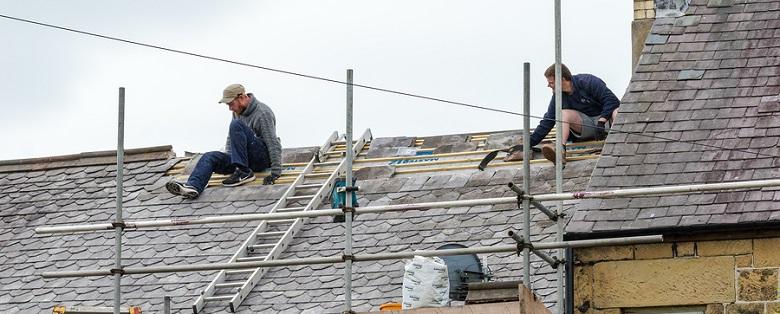
Flat roofs can be both a blessing and a curse. They can be easier and less expensive to replace than other types of roofing; however, water resistance depends on the proper installation of the most suitable roof for the home or building. There are many types of flat roofs available to be installed by professional roofing services, each with advantages and disadvantages.
Choice 1 - Built-Up Roofing (BUR)
Built-up roofs are created by using built-up layers of material that form a watertight coating on the top of a building. This material is very durable as it is constructed from three or more layers of watertight material, alternated with hot tar and fine gravel. The main advantage BUR offers is that it is the least expensive option in flat roofing. Its main disadvantage is that it can be very heavy, so it is not suitable for all installations. To be an acceptable option, the building structure must be strong enough to hold the total weight of all the BUR materials plus rainwater or snow.
Choice 2 - Modified Bitumen
Modified bitumen is a single-ply system that can be quickly and easily rolled on by roofing services, making it a cleaner and more environmentally-friendly installation than BUR. This pre-made material comes with a sticky back, making adhesives and tar unnecessary. The main advantages of modified bitumen are low cost and fast, clean installation. The main disadvantage is that modified bitumen is not very durable and does not properly withstand scratches or tearing.
Choice 3 - EPDM or PVC Membrane
EPDM and PVC are two types of membrane roofs that make very durable and energy efficient choices for flat installations. They are both rolled on in the same way, with seams sealed by using adhesives or special sealing tapes. The difference between the two is that EPDM is actually a rubber membrane, while PVC is one derived from flexible plastic. The main advantages to these roofing options are durability and longevity. The disadvantages include the fact that it can be harder keep EPDM or PVC watertight at the seams, which means more maintenance is needed. In addition, both choices cost considerably more than BUR and modified bitumen.
Choice 4 - Metal Flat Seam Panels
Metal flat seam panels make an attractive and very durable roof when properly installed by expert roofing services. These panels fit together in such a way that water cannot get under the joins, providing a highly waterproof installation. Metal flat seam panels look great on most buildings and are available in many widths and colors. These panels last the longest of all other options. The main advantages of these materials are high durability and longevity with a more attractive roof. Disadvantages are a much higher cost than other options and the tendency to leak at the seams if not correctly installed so that edges fit into each other.
Choice 5 - Spray On Coatings
A newer option for flat roofing is spray-on silicone coatings. These coatings are very easy to apply and highly waterproof, making them a durable and low maintenance option for flat installations. They are especially good for larger buildings and have many favorable attributes which include resisting ponding and high energy efficiency. Besides those already mentioned, the main advantages of spray-on silicone are fast installation, higher durability, watertightness with almost no maintenance, and easy repairs. The main disadvantage is that this material has the highest cost of all available options.
From lowest to highest cost, the installations listed above are the five main flat roofing choices now available to home or building owners. The choice should be made based on the size of the building, local climate, durability requirements, and available budget. To learn more about these choices, home and building owners should discuss their needs with experienced roofing services that can advise the best option!
